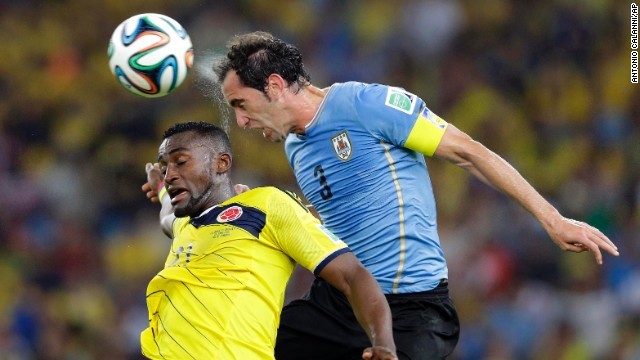US youth soccer players told: Don’t head the ball – CNN
Related: How can we keep young soccer players safe?
“Some of the youth members joining in the initiative do not have direct authority at the local level to require the adaption of the rules,” U.S. Soccer said in a statement, explaining it’s up to individual associations to adopt the new policy. “Although they are only recommendations, they are based on the advice of the U.S. Soccer medical committee, and therefore U.S. Soccer strongly urges that they be followed.”
Agreement after U.S. soccer groups sued
The declaration comes on the heels of a 2014 lawsuit filed against U.S. Soccer, U.S. Youth Soccer, the American Youth Soccer Organization, U.S. Club Soccer and the California Youth Soccer Association.
The agreement with those plaintiffs, announced Monday, includes other reforms in addition to the new directive on heading. These includes steps to improve concussion awareness among coaches, referees, parents and players; and set up uniform concussion management and return-to-play protocols. And while some programs restrict the number of substitutions in a game, from here on out anyone taken out because of a suspected concussion shouldn’t count against a team’s substitution total.
While U.S. Soccer mentioned this lawsuit, the sports organization insisted this week that concussion-geared measures were in the works regardless.
Concussions in sports have gotten heightened attention in recent years, in large part due to widely reported cases — including many examples of traumatic brain injuries — involving football players.
Yet football isn’t the only sport where concussions are a problem, a fact highlighted by the Centers for Disease Control and Prevention’s “HEADS UP Concussion in Youth Sports” program.
Report: Heading not leading culprit of concussions
A 2007 study of U.S. high school and college athletes, published in the Journal of Athletic Training, found that soccer came in second only to football when it comes to reported concussions. Girls’ soccer was the second-most susceptible sub-group, followed by boys’ soccer and girls’ basketball.
A study published five years later in the American Journal of Sports Medicine came to similar conclusions, finding that about half of all the concussions it examined were in football, while girls’ soccer (and, after that, boys’ wrestling and girls’ basketball) had the next highest numbers.
More recently, researchers looked at concussions among U.S. high school soccer players and found rates in girls’ and boys’ high school soccer had risen between 2005 and 2014. For every 10,000 “athlete exposures” — meaning a student participating in a game or practice — the study calculated 4.5 concussions for girls and 2.8 among boys, a rate less than half that for football but still significant.
Heading a soccer ball wasn’t the main reason, with the report finding that players were more likely to suffer concussions after other forms of physical contact.
“If we can enforce the rules and minimize player-to-player contact, that could get rid of 60% of concussions, plus that would reduce other injuries,” said study co-author Sarah K. Fields, an associate professor of communication at the University of Colorado-Denver.




